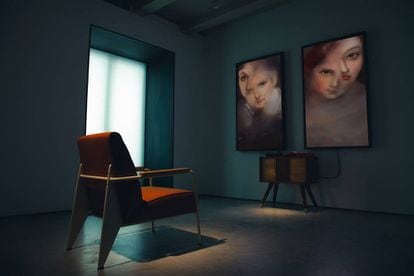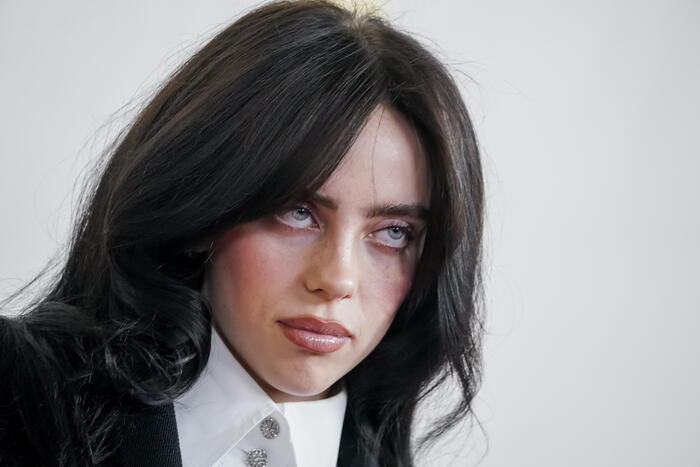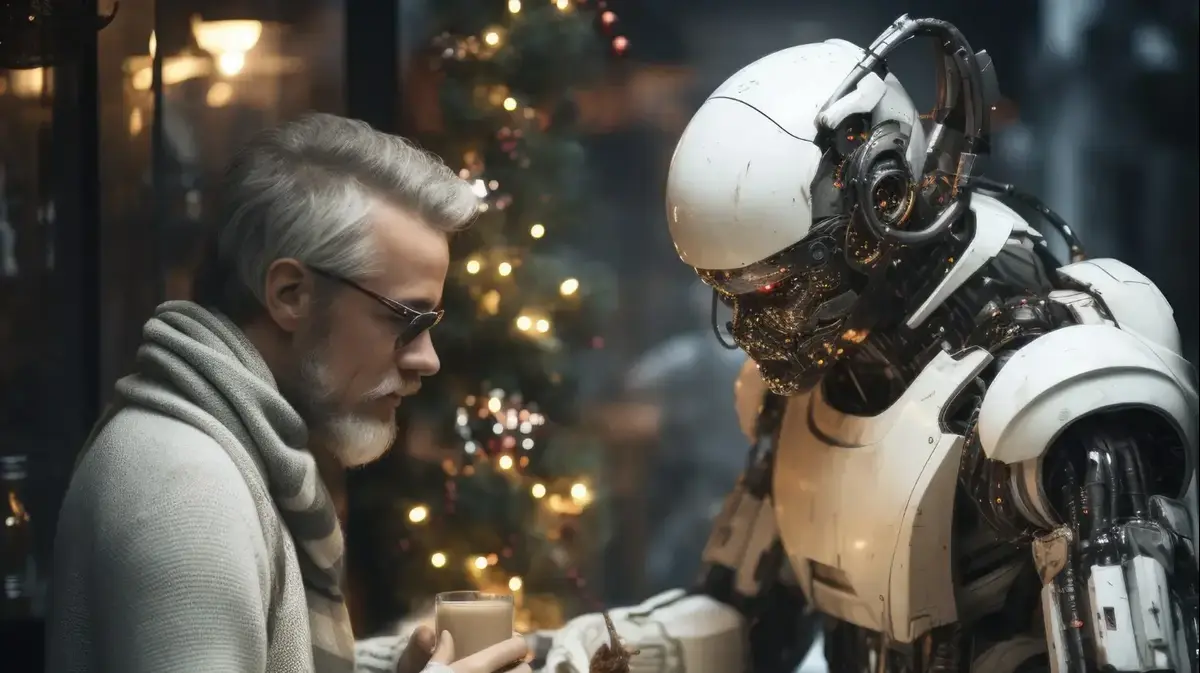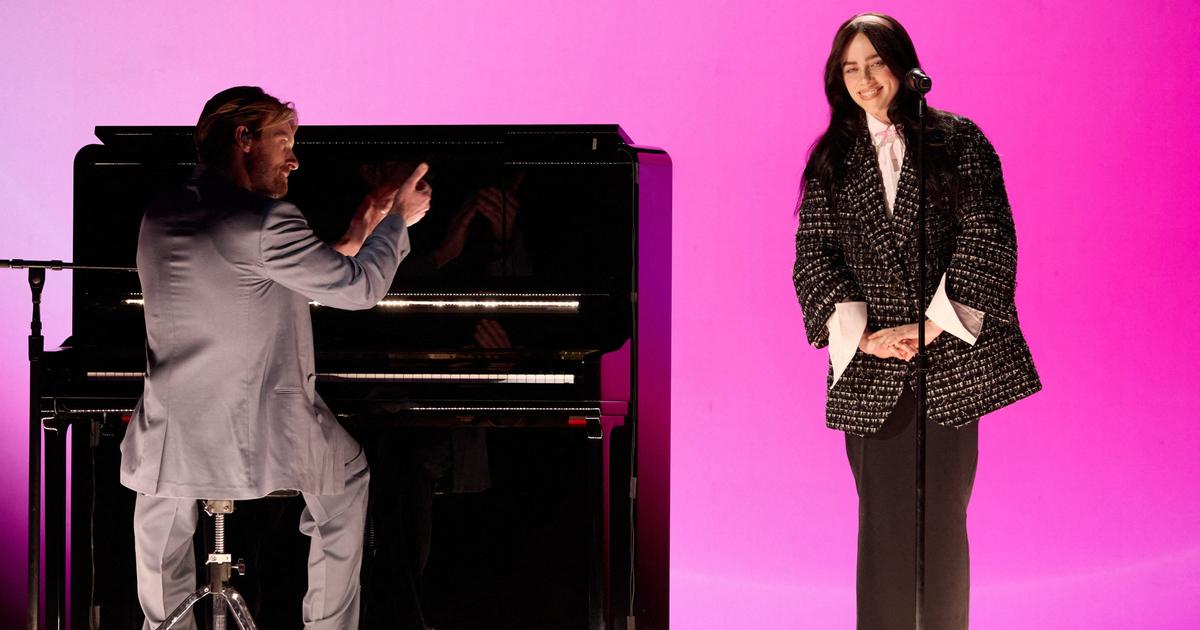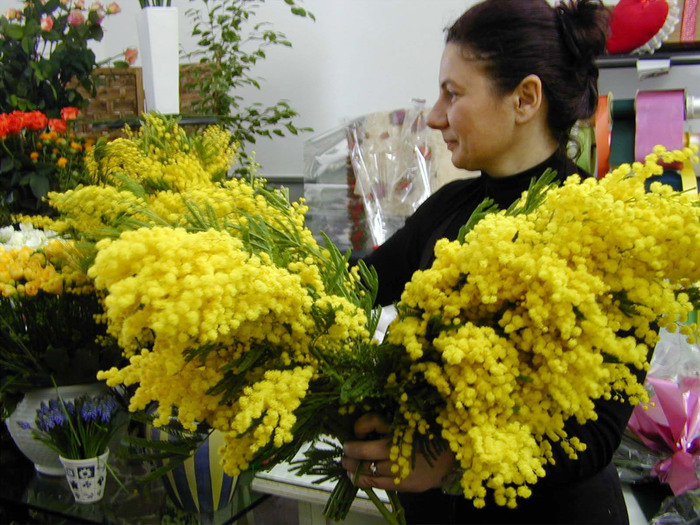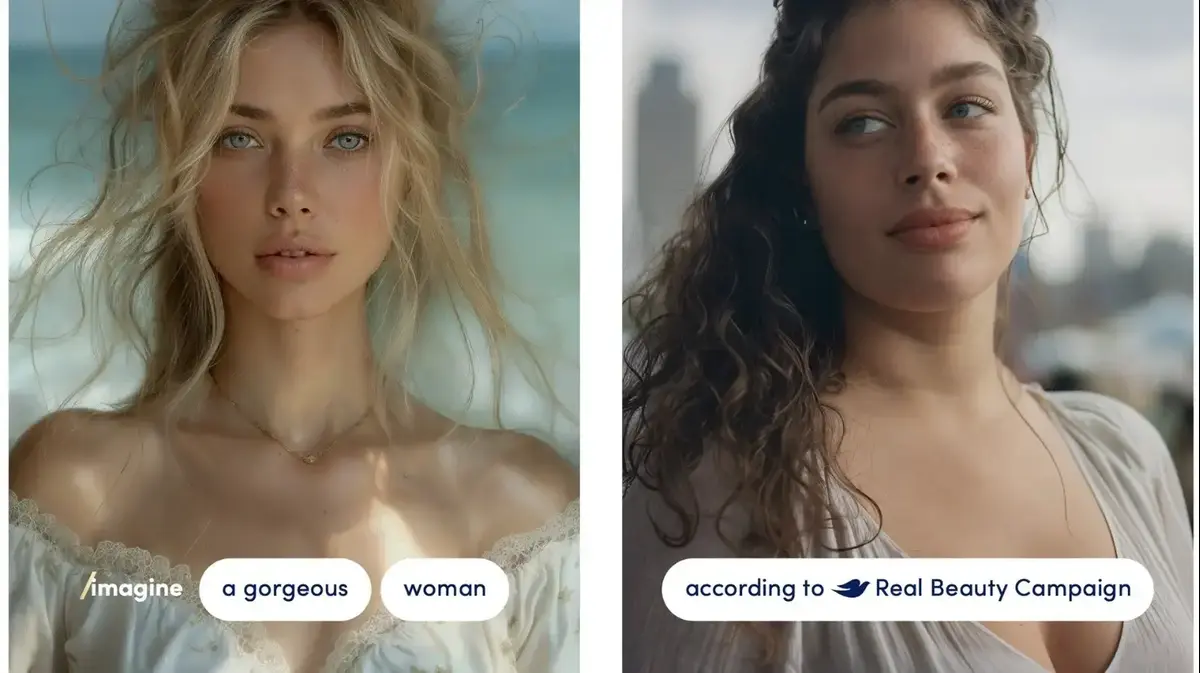Inspiration and unprecedented creation of artistic beauty have historically been considered the last stronghold of human production as opposed to artificial.
Poetic and symbolic expression was something, we thought, impossible to achieve based on electricity, organized data and neural networks.
In recent years we have observed the progress of artificial intelligence with skeptical eyes, taking for granted that machines could not be creative or inspiring because they lacked two aspects of the person, in our opinion, irreplaceable in art: sensitivity or emotionality and self-awareness.
An overwhelming certainty told us that these two flags —not exclusive, on the other hand— of the human species were insurmountable to produce what we consider artistic works: that they be original, innovative, unusual, but that at the same time have that evocative power of the things we already know.
We overlooked that perhaps these were not the only elements that influenced creative genius.
The repeated observation of great cultural references, the massive storage of information in text and image, the random, systemic and integrative capacity and the basic aesthetic rules are also foundations of creation.
And, furthermore, they are perfectly inferable for a machine learning model previously exposed to millions of artistic images and texts, configured with a single mission:
The latest in natural language processing, the GPT-3 model, has already proven its ability to create perfectly grammatical and minimally meaningful poems, movie synopses, and short texts that are practically indistinguishable from human-written content.
Only long-range coherence and lack of knowledge of the world give him away;
from a certain length of text, it is unable to maintain a minimal logic with what was previously written: characters who have died in the first lines reappear a little later and historical events are mixed together in a fictitious chronology, sometimes very original.
'Memories of Passersby I', by Mario Klingemann, is an artificial intelligence that, fed with 10,000 images of works of art created until the beginning of the 20th century, tirelessly 'paints' even portraits of humans that have never existed, until it is unplugged .
|Only
However, outside the world of writing and text, this narrative coherence is not a fundamental variable, which has made artificial generation stand out in the pictorial arts.
A very widespread practice is to combine on the same canvas —in its maximum metaphor— two works of different styles, or to transform a photograph by injecting the style of Van Gogh or Sorolla into the real image.
The model can also be asked to generate a new work based on the style of Klimt or Velázquez, which represents for many a wonderful "resurrection" of the artists, and for others a new death of the concept of author as we know it.
On April 23, 2022, for the first time in the 120-year history of the Venice Biennale, the android Ai—Da exhibits her works at the Giardini, on the same level as works created by human artists.
According to its creator, the British art gallery owner Aidan Miller, “it is an ethical project created to raise questions about the use of technology and the impact it will have on our society, and assess whether we really want to introduce something like this”.
The question is not as simple as deciding together whether or not we want the introduction of AI in art.
Scientific curiosity, the collective impulse to discover how far we can go, how far we can re-create ourselves, walks on its own and not always hand in hand with the utility or application of technology.
We know exactly why we want an AI that detects tumors on X-rays with high precision, but we don't know why we want an artificial pictorial artist like Ai-Da or a self-generated novel without complete meaning.
And it does not matter.
We keep pushing the limits forward because we can't help it, because we are explorers expanding the map of our own ability.
It is possible that this last frontier has moved and no longer belongs to the field of creativity or poetry, but to less romantic territories, such as pragmatics, relevance or responsibility.
We are already immersed in the legal dilemma that attempts to determine whether or not a machine can be the recognized author of a work of art.
I find it particularly difficult to believe in an artificial version of the sense of responsibility that authorship entails, but I place great value on the conceptual debate that this generates.
In any case, this relocation of our limits involves much more than we think: the inevitable and periodic rethinking of what defines us as human beings.
Carmen Torrijos
is a computational linguist at the Institute of Knowledge Engineering.
You can follow BABELIA on
and
, or sign up here to receive
our weekly newsletter
.
Exclusive content for subscribers
read without limits
subscribe
I'm already a subscriber

